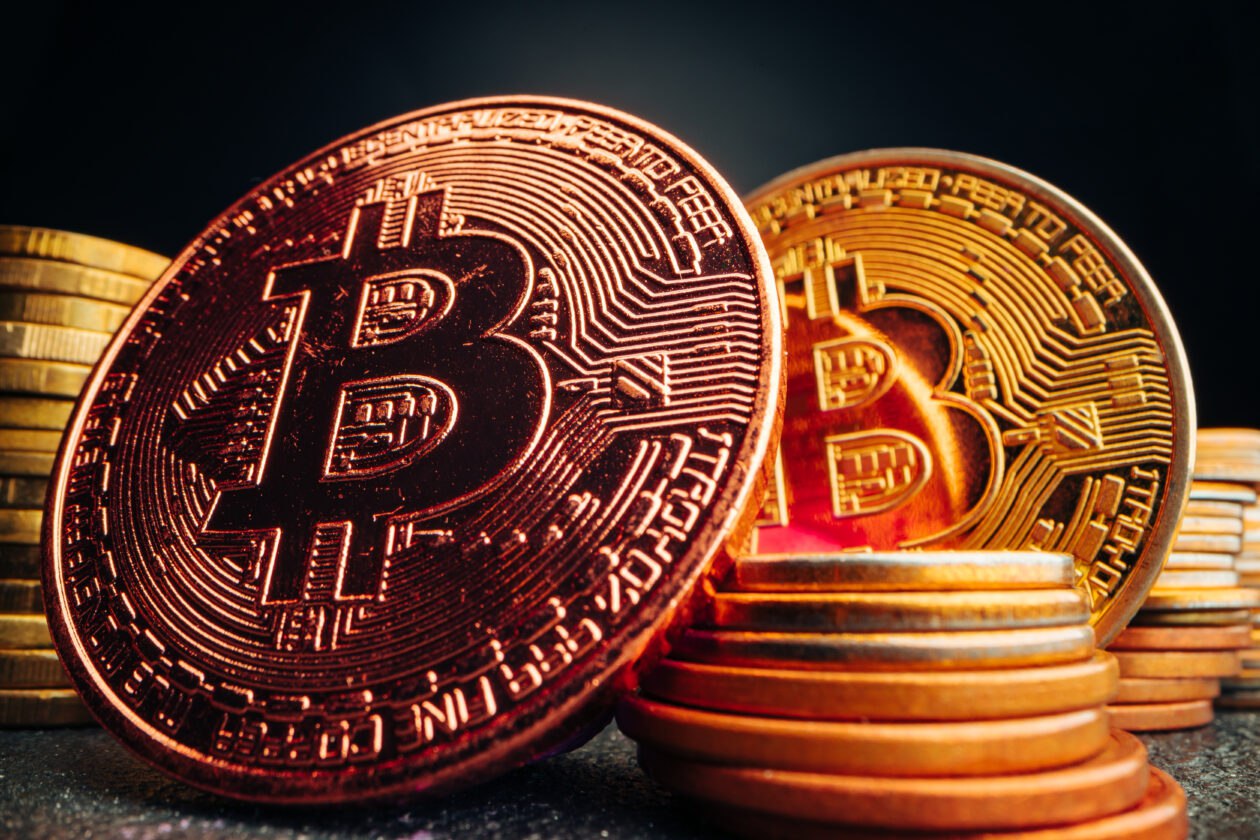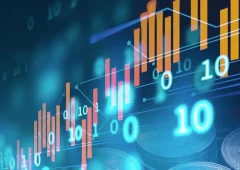Short-Term Bitcoin Price Predicton From 10x Research
22.01.2025 14:30 1 min. read Alexander Stefanov
Bitcoin’s recent price movements have sparked optimism among analysts, with predictions of a potential 15% rise in the near term followed by consolidation.
After rebounding to $107,000 on Tuesday, the cryptocurrency demonstrated strong technical resilience, according to Markus Thielen, head of research at 10x Research.
Thielen highlighted the breakout as a key signal for traders, offering what he described as a “low-risk, high-reward” opportunity. He also noted a recurring pattern of price increases in $16,000 to $18,000 increments since the approval of U.S. spot Bitcoin ETFs last year. If this trend holds, Bitcoin could reach $122,000 by February, with the potential for even higher levels before stabilizing.
Bitfinex analysts echoed this sentiment, praising Bitcoin’s strength compared to traditional markets and attributing the recovery to growing market enthusiasm, particularly following Donald Trump’s inauguration on January 20. They emphasized that Bitcoin’s ability to test and hold critical resistance levels around $101,000 has reinforced investor confidence.
Additional support for the bullish outlook came from Keith Alan, co-founder of Material Indicators, who identified a “cup-and-handle” formation on the weekly chart. Alan suggested this pattern could drive Bitcoin toward its all-time highs if key levels are maintained. While optimism is high, analysts caution that maintaining momentum above $106,000 is crucial for confirming the upward trajectory.
-
1
Trump’s Two big Bitcoin Moves: Key Catalysts or Just Noise for BTC Price?
08.07.2025 7:30 2 min. read -
2
Speculation Surges as Binance BTC Futures Volume Tops $650 Trillion
04.07.2025 17:37 2 min. read -
3
Bitcoin Market Stalls as Profit-Taking, Whale Dispersal, and Sideways Action Define the Cycle
01.07.2025 20:00 3 min. read -
4
Which Is the Next Bitcoin Price Target?
06.07.2025 20:00 2 min. read -
5
Dollar Weakness Signals Major Bitcoin Move Ahead, Data Suggests
09.07.2025 21:00 2 min. read
Public Companies Now hold Over $100 Billion in Bitcoin — 4% of Total Supply
According to new data shared by Bitcoin Magazine Pro, publicly traded companies now collectively hold over 844,822 BTC, valued at more than $100.5 billion, marking a historic milestone for institutional Bitcoin adoption.
Trump Media Holds $2B in Bitcoin as Crypto Plan Expands
Trump Media and Technology Group, the parent company of Truth Social, Truth+, and Truth.Fi, has officially disclosed that it now holds approximately $2 billion in Bitcoin and Bitcoin-related securities.
Strategy Adds 6,220 BTC, Pushing Total Holdings Past 607,000
Michael Saylor’s Strategy has confirmed another major Bitcoin purchase, acquiring 6,220 BTC last week for approximately $739.8 million.
Bitcoin Open Interest Hits $42B as Funding Rates Signal Bullish Overextension
Bitcoin’s derivatives market is heating up, with open interest climbing back to $42 billion while funding rates continue to surge.
-
1
Trump’s Two big Bitcoin Moves: Key Catalysts or Just Noise for BTC Price?
08.07.2025 7:30 2 min. read -
2
Speculation Surges as Binance BTC Futures Volume Tops $650 Trillion
04.07.2025 17:37 2 min. read -
3
Bitcoin Market Stalls as Profit-Taking, Whale Dispersal, and Sideways Action Define the Cycle
01.07.2025 20:00 3 min. read -
4
Which Is the Next Bitcoin Price Target?
06.07.2025 20:00 2 min. read -
5
Dollar Weakness Signals Major Bitcoin Move Ahead, Data Suggests
09.07.2025 21:00 2 min. read


